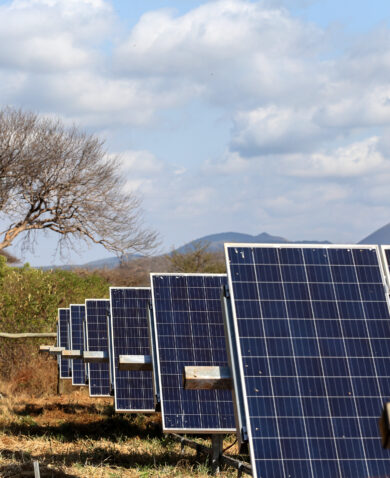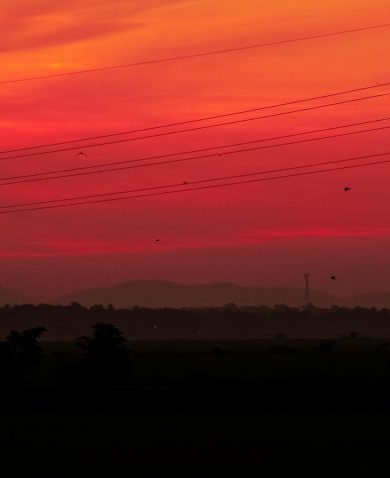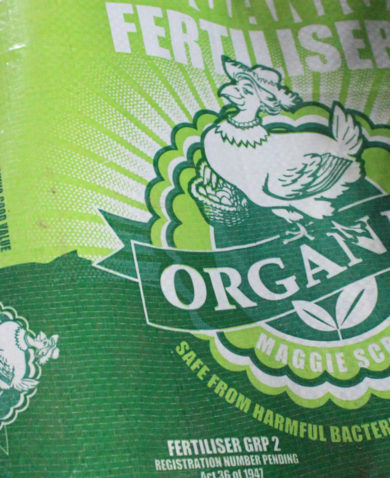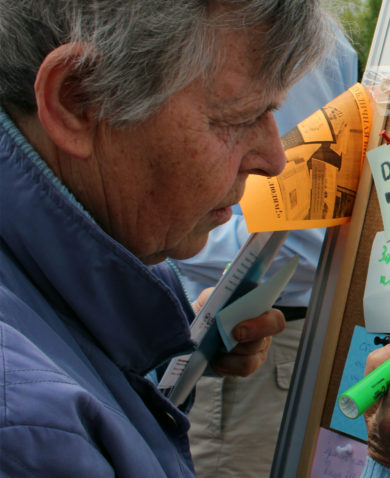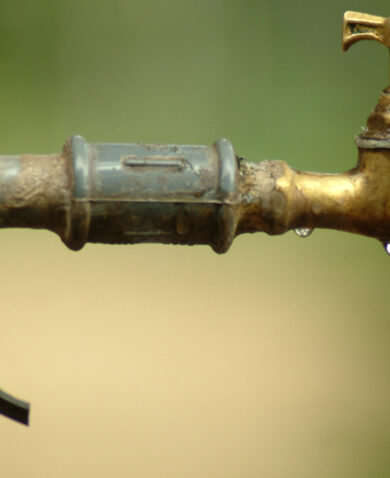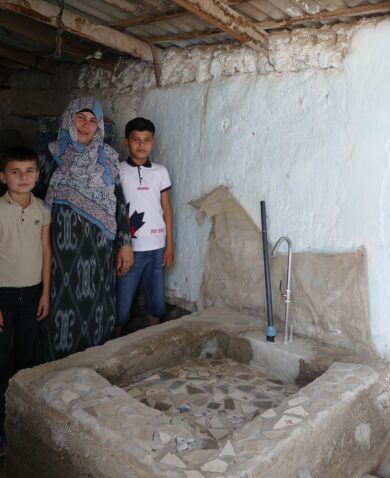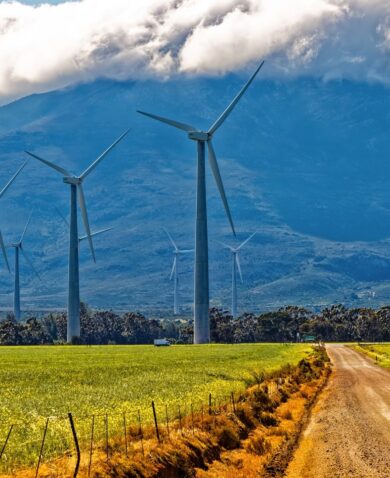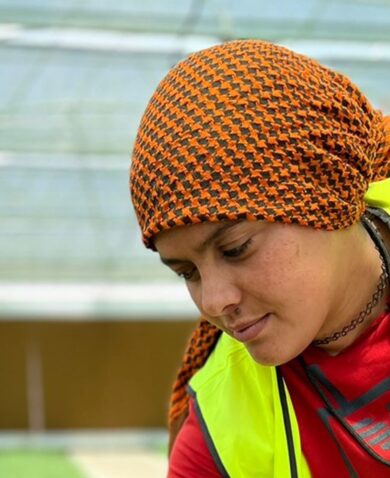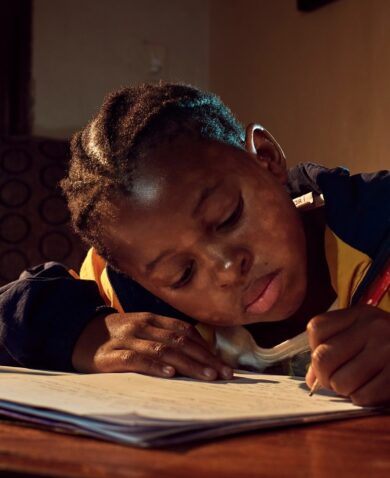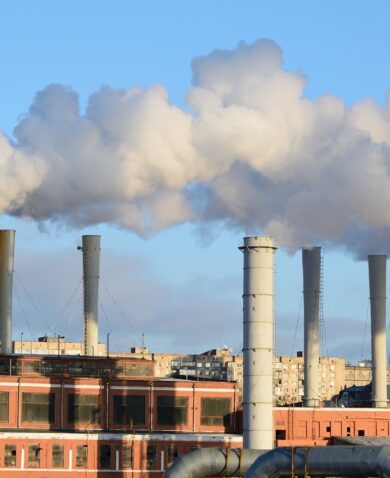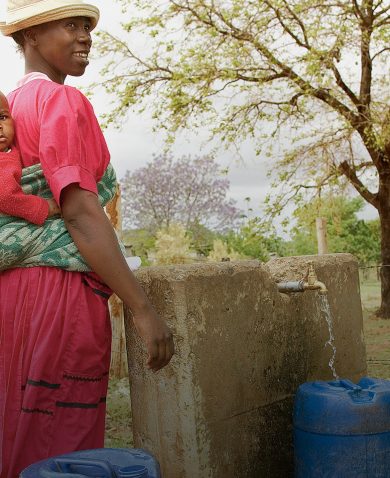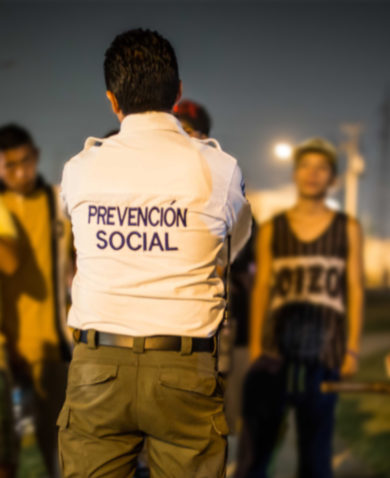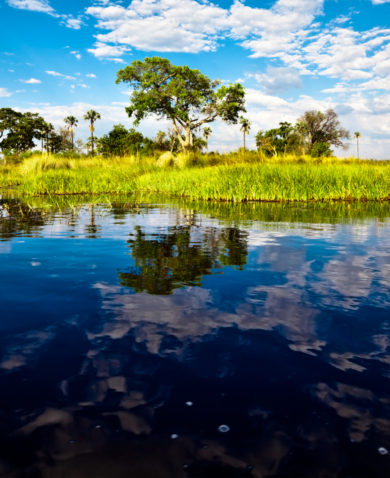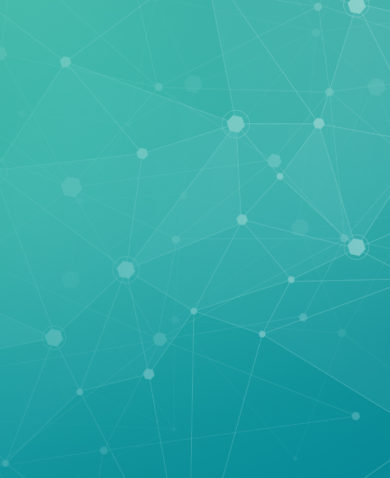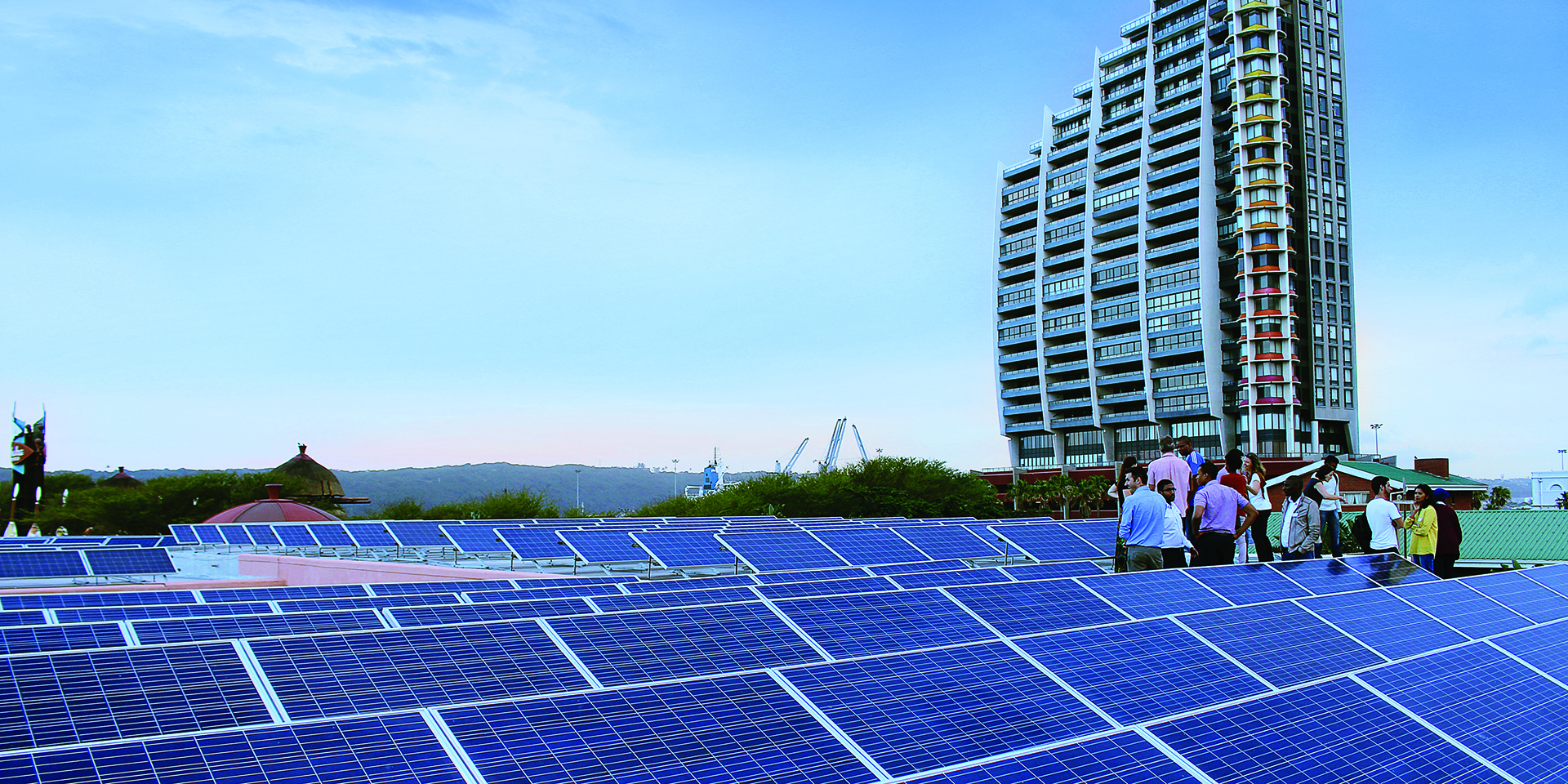
3 Questions with Christelle Beyers: Bringing Low Emissions and High Rewards to South Africa
June 13, 2017 | 4 Minute ReadChristelle Beyers discusses financing for green energy, converting fish waste to biogas, and pushing low emissions development projects through the pipeline.
SA-LED supports the design and implementation of municipal low-emissions development (LED) projects. What does a successful project life cycle look like and what obstacles do municipalities face during implementation?
During the project life cycle, we look at two main dividends: greenhouse gas (GHG) mitigation and development impact. That’s what separates SA-LED’s work from other approaches to renewable energy. Development impact encompasses environmental impact, youth and gender, and job creation; however, there are often problems in the process. A main challenge is the lack of municipal capacity to translate national policy into implementation. At the national level, South Africa has a progressive green growth agenda. There’s a supportive framework in place and a clear path toward a low-carbon economy, but there’s a gap in the technical capacity to implement and expand low emissions development at the sub-national level.
Currently, what municipalities are and are not allowed to generate outside of the main power utility is in flux. Electricity used to be incredibly cheap and the country’s coal reserve was deemed limitless. However, in the last nine years, the electricity price has increased considerably so municipalities need to consider efficient, sustainable alternatives to save costs and reduce reliance on coal-generated electricity. SA-LED supports them in identifying specific LED projects to push through the pipeline.
Another obstacle is that municipalities are incredibly stretched, and often, there aren’t enough people to complete the work that needs to be done. The staff turnover within municipalities makes the transfer of knowledge and skills to ensure that projects move forward a challenge.
As South Africa transitions to a low-carbon economy, what challenges or opportunities are unique to South Africa?
South Africa faces a massive duality; it’s one of the most unequal societies in the world. On one hand, South Africa has one of the most refined financial systems in the world. There are elite, high-income areas and pockets of massive investment around the country. On the other hand, the country faces massive urban poverty and the urban poor are the majority of the population. People are seeking basic services, a better quality of life, and jobs. South Africa is a resource intense economy and is now taking concrete steps to toward green growth and a green economy. Therefore, a number of progressive environmental policy frameworks have been developed that focus on the green economy as a solution to both climate and developmental pressures.
Rural to urban migration places additional pressure on urban centers. Meanwhile, most municipalities have outdated infrastructure and limited budget for operations and maintenance. So SA-LED’s planning and development process has to consider these limitations and this context.
When it comes to facilitating private sector participation and investment in LED projects, there are a number of other considerations to make that are specific to South Africa. South Africa’s currency, the Rand, is volatile and that greatly affects investor confidence, especially investments in sustainable and innovative energy.
For South Africa’s commercial banks and small investment houses, these dynamics — as well as the legal and regulatory frameworks surrounding green investments — are perceived as risky. We are in ongoing discussions with private sector actors to understand their appetite to finance LED projects. Typically, big commercial banks look at large power projects, and SA-LED pursues suitable finance mechanisms for smaller scale projects to fill the gap.
To make these programs work, it’s necessary to bring all of these various stakeholders together, including financial institutions, communities, private developers, government, donors, and networks of municipal energy and utility officials. We’re using participatory methodologies that allow co-creation and co-design of LED projects. It’s an approach that lets us build in municipal participation and buy-in throughout the project development process.
For example, municipalities are challenged by the lack of communication and integration between various departments. One department may have the ear of the Mayor, which makes it easy for them to implement their work. But another department will implement low emissions development projects separately. This disparity does not promote cohesion within municipalities. By nature, LED projects are cross-cutting, trans-disciplinary, and require integration. But somewhere between theory and implementation, there can be divides and silos. SA-LED addresses that challenge in all of the work we do and we ensure that the right stakeholders are involved in both design and execution.
What innovations or partnerships are helping green energy become a technologically and financially viable option for municipalities in South Africa?
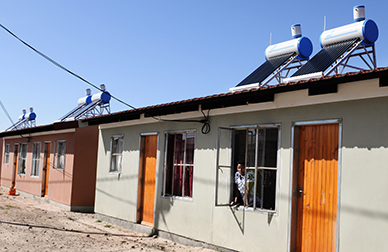 One of our greatest innovations has been around financing LED projects through USAID’s Development Credit Authority (DCA) guarantee. The DCA loan guarantee reduces the risk for institutions to lend in new sectors, like waste management. South Africa’s finance institutions are quite risk averse, but the DCA guarantee promotes lender comfort to invest, which allows us to strengthen the business case for investing in LED projects. Through a combination of de-risking sustainable energy technologies and providing technical assistance, we increase the investment potential of low emissions development projects.
One of our greatest innovations has been around financing LED projects through USAID’s Development Credit Authority (DCA) guarantee. The DCA loan guarantee reduces the risk for institutions to lend in new sectors, like waste management. South Africa’s finance institutions are quite risk averse, but the DCA guarantee promotes lender comfort to invest, which allows us to strengthen the business case for investing in LED projects. Through a combination of de-risking sustainable energy technologies and providing technical assistance, we increase the investment potential of low emissions development projects.
These projects don’t only need innovative approaches to capital and financing, they also need technical support and capacity building for implementation. So SA-LED configures our technical assistance to each municipality’s unique needs. We do a baseline assessment of municipal LED capacity and our approach to knowledge sharing and technical assistance works off of that.
We also support projects that are taking an innovative approach to South Africa’s energy challenges. One of our pilots explores using fish waste as a potential source for biogas production. We’re supporting feasibility studies to expand this aquaculture project (The Blue Karoo Fish Farm) and assess its potential to generate biogas from fish waste. By providing technical assistance, SA-LED further offsets the environmental risk associated with illegally dumping fish waste in wetland areas. In addition to deploying short term technical assistance, SA-LED also builds institutional capacity over the long term. The unique combination of SA-LED technical assistance to municipalities promotes investments in innovative LED projects and makes South Africa’s vision for green growth more viable.
Learn more about the South Africa Low Emissions Development project and Chemonics’ work in water, energy, and sustainable cities.


